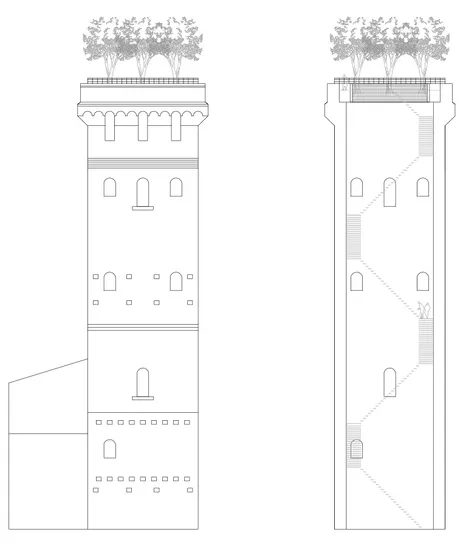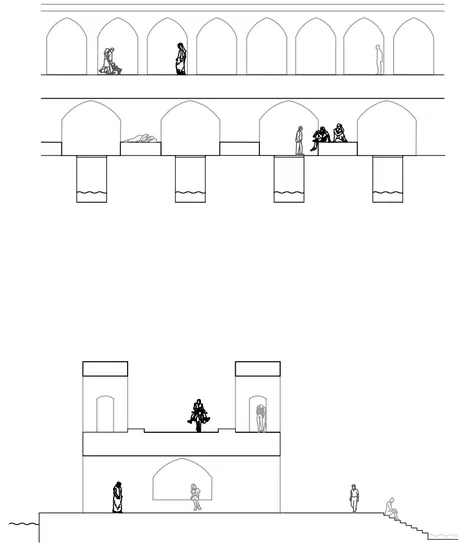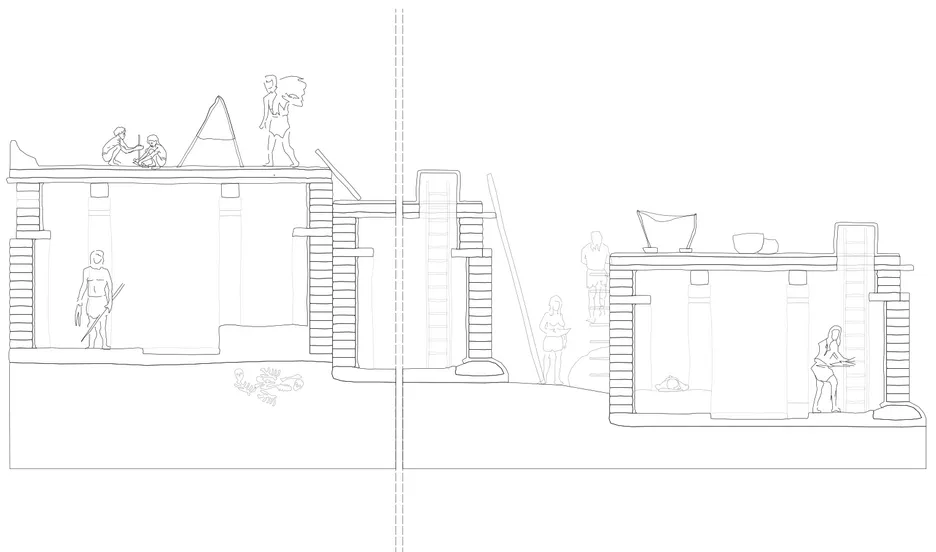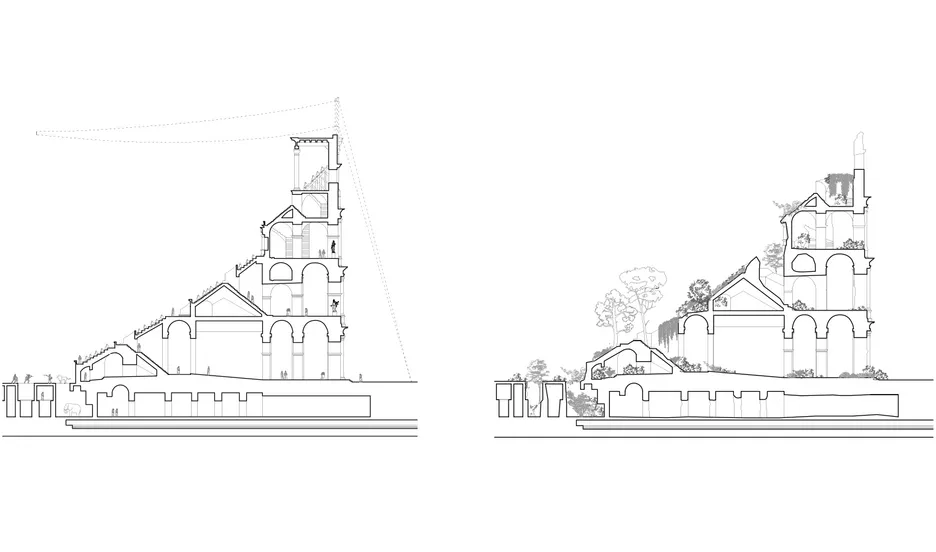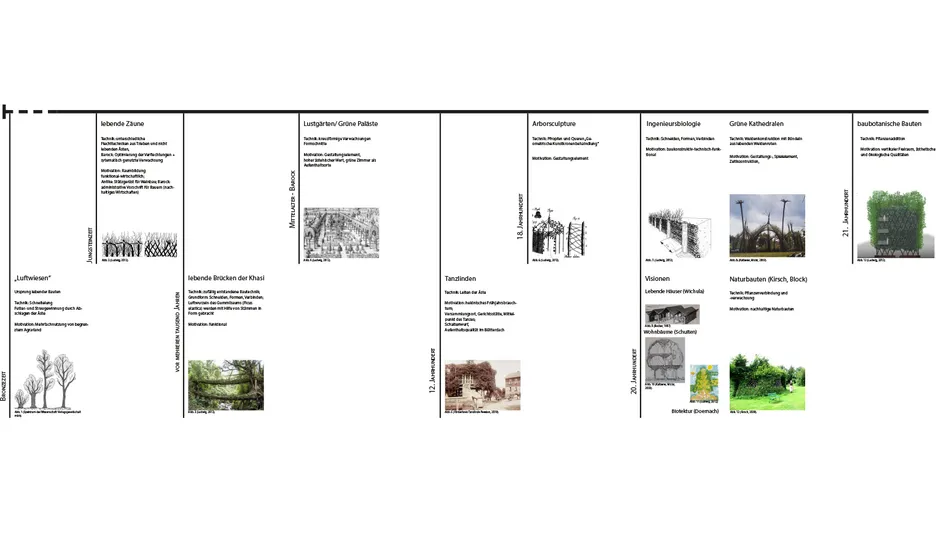RETHINKING VERTICAL OPEN SPACES Seminar
Open spaces are not only gaps between houses - as "vertical open spaces" they are active and thus vertically integrated into the city as a building layer. But "vertical open spaces" are not a completely new phenomenon: In the past, the connection between house and garden - between city and landscape - was often sought. Here, the question raises in which contexts open spaces have freed themselves from horizontality. Many important buildings and visions bear witness to this, such as the mythical hanging gardens of Babylon, or currently the "green architecture" of Ken Yeang.
In the seminar "Rethinking vertical open spaces" we searched for examples of "vertical open spaces" in history in order to find out when and how horizontal open spaces were extended into the vertical. The focus here was on the question of the motivation why and how "vertical open spaces" were built and which key innovations were necessary to achieve this. On this basis, we discussed what we can learn from this for today's social and climatic challenges. The use of green and plants as well as technical specifics played an important role. The "vertical open spaces" found in literature and Internet research were presented and discussed in a joint discourse with various guests. In a further step, the knowledge was analysed and processed in texts and drawings, then packaging these together in a reflective temporal overview, from which comparisons can be made and conclusions drawn.
____________________________________
Teaching team
Isabel Zintl, M.A.
Prof. Dr. Ing. Ferdinand Ludwig
Course language
German
Type of course
Seminar for landscape architecture and architecture students
6 ECTS
